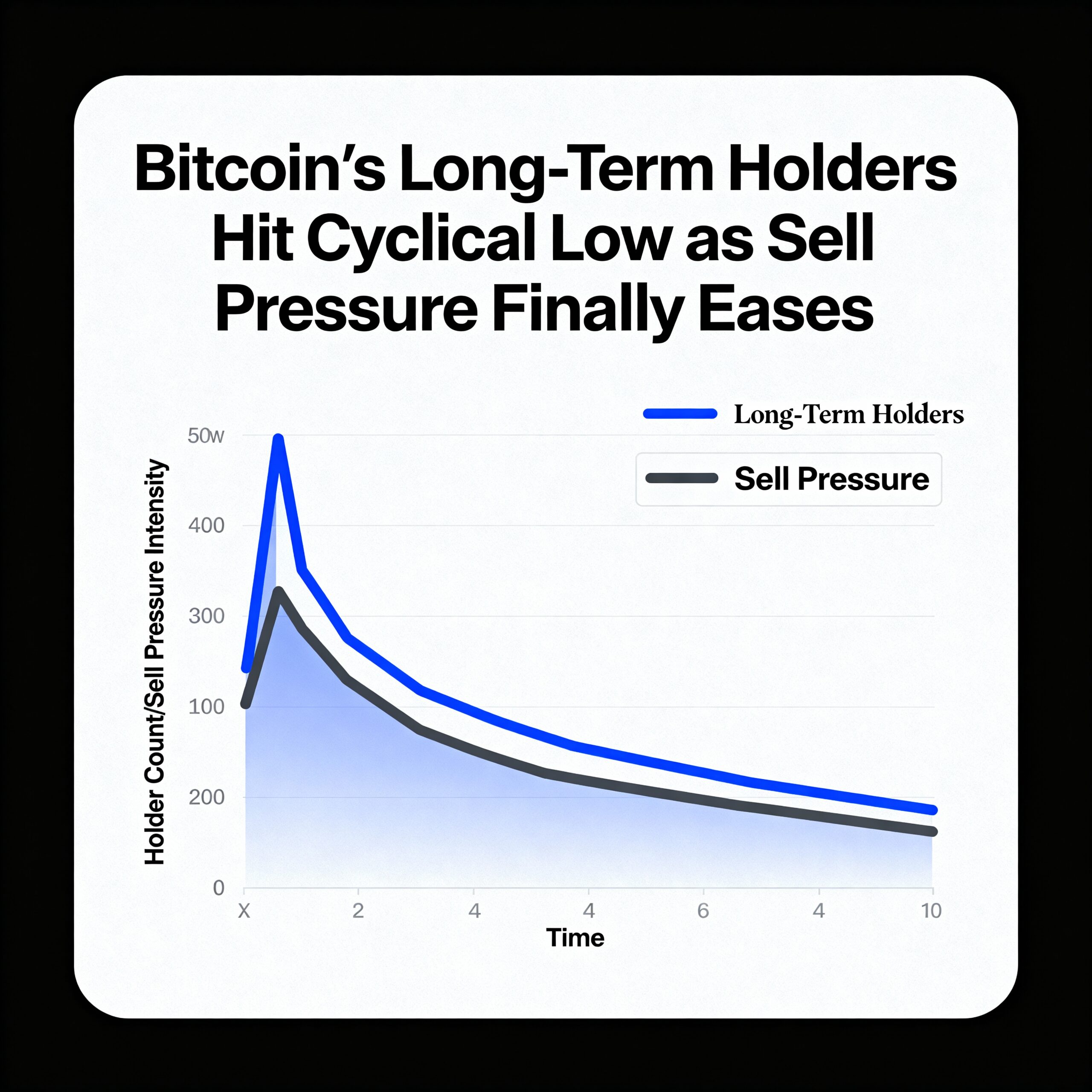XRP Breaks $3 as Institutional Flows Signal Upside Potential
XRP surpassed the $3.00 psychological threshold in a high-volume session, driven by strong institutional participation. Over a 24-hour window, the token rose from $2.96 to $2.99, with midday volumes spiking six times above the daily average. Bulls successfully defended support near $2.98, indicating accumulation and paving the way for a potential rally toward higher targets.
Market Highlights
- On September 10, midday trading volumes hit 116.7M and 119M between 12:00–13:00, far exceeding the 48.3M daily average.
- Futures open interest climbed to $7.94B, reflecting robust derivatives activity alongside spot market demand.
- Technical patterns point to a descending triangle breakout, with Fibonacci extensions suggesting an upside near $3.60 if momentum continues.
- Broader risk assets remain sensitive to Federal Reserve expectations, with rate-cut bets supporting flows into large-cap crypto.
Price Movement
- XRP moved from $2.96 to $2.99 in the September 9–10 trading session, a 1% gain.
- The midday breakout briefly pushed XRP to $3.02 on 119M volume, establishing short-term resistance.
- Late-session selling brought the token back to $2.98, but buyers quickly reasserted support, closing near $2.99.
- Volume surges indicate strong institutional accumulation at key levels.
Technical Overview
- Resistance: $3.02 remains the immediate ceiling.
- Support: $2.98–$2.99 defended across multiple retests.
- Volume: Breakout volumes six times higher than the daily average confirm momentum.
- Structure: Higher lows indicate sustained accumulation.
- Indicators: Fibonacci extensions project potential upside toward $3.60.
Trader Focus
- Sustaining closes above $3.00 to confirm breakout strength.
- Watching $3.02 resistance for possible extension to $3.20–$3.60.
- Monitoring $7.94B futures open interest for potential volatility.
- Macro developments, including Fed policy decisions and dollar liquidity, may influence institutional flows.





